“Sound Studies: A Discipline?”: Sound Signatures Winter School, Amsterdam, January 2014
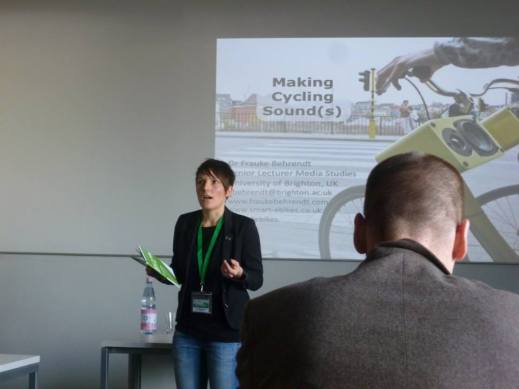
Has the ever-nascent field of sound studies finally “grown up”? After years of intellectual development and a constantly growing body of work, including quite a few classic texts and books, it has been rapidly establishing an identity of its own, independent from the many “parent” disciplines from which it originated. As with any teenager, this process of maturation comes with a dose of self-searching and, indeed, some navel-gazing. But are we ready to acknowledge sound studies as its own discipline?
At the first conference of the European Sound Studies Organization (ESSA) in Berlin in October 2013, a heated debate followed an otherwise routine announcement. The preliminary title for the second installment of the conference: “Sound Studies: A Discipline?” was not going to make it to Copenhagen in June 2014. Although the question mark suggested playfulness, many audience members either did not like the idea of an entire conference devoted to the meta-discussion on the pros and cons of interdisciplinarity or were not prepared to consider sound studies as a discipline at the first place.
Eventually, the Copenhagen conference was safely re-named “Sound Studies: Mapping the Field.” The discussion in Berlin however, continued at the opening session of the Sound Signatures Winter School in Amsterdam in early 2014. Co-organizer Mara Mills asked whether the publication of such anthologies as The Sound Studies Reader in 2012 and The Oxford Handbook of Sound Studies in 2013 meant that sound studies was a proper discipline. Is it, she asked, moving away from its roots as an interdisciplinary field consisting of displaced scholars formerly unable to tackle questions of sound within the confines of their traditional disciplines? The ensuing five days of the Winter School answered Mill’s question in a rather fittingly ambiguous way. The question remains: “Sound Studies: A Discipline?” Well, yes and no.

Hearing, public domain
One of the most significant conclusions of the Winter School’s thought-provoking workshops, keynotes, performances and debates was phrased by co-organizer Carolyn Birdsall during the final discussion on Friday afternoon; she had come to realize that sound studies and its older, more distinguished, but often somewhat stale brother musicology are not the adversaries one is often led to believe. A musicologist by training, I have always found sound studies’ habit of explicitly not dealing with music (in conjunction with its sometimes disproportionate focus on sound art) a little tiresome; and what these five intensive days in Amsterdam convincingly showed, among other things, was that the older brother and its younger sibling can be rather complimentary.
Of course, the traditional objects and methods of the discipline of musicology—in its most dusty and clichéd form studying black dots written on paper by great men—have long been what sound studies scholars avoided. In the late 1980’s, however, musicology already started moving away from this stereotype by incorporating more critical methodologies and broadening its scope. Moreover, ethno- or cultural- musicologists have been breaking the armor of Eurocentrism in mainstream musicology. Now, with the steady rise of sound studies’ academic momentum, musicology is even giving up its intellectual monopoly on determining what does and what does not count as relevant research on music. The highly interdisciplinary body of knowledge developed in this mature sound studies can indeed be very useful in more conventional musicological research; likewise sound studies benefits from work conducted within the disciplinary confines of musicology.
At the Winter School, a prime example of such an exchange was Julia Kursell’s keynote lecture “Motor Media: On Aural Feedback in the History of Musical Instrument Playing.” Focusing on the experiments of nineteenth-century French pianist and teacher Marie Jaëll, Kursell showed how, prior to the advent of recording technology, musical instruments like the piano offered valuable points of entry into the world of sound and hearing. The piano-keyboard, Kursell argued, was not just a site of aesthetic, musical development, but was also employed as an epistemological tool in itself. Moreover, studying such historical cases also opens the door for broader questions engaging musicology, sound studies and science and technology studies.This interdisciplinary overlap allows for discussions of the body politics of music teaching as well as the didactics of a specific aesthetic regime in a particular social milieu.
Other sessions that explicitly dealt with music included Stephen Amico’s lecture combining sound studies, media studies and the “discipline formerly known as ethnomusicology” to discuss ethical difficulties facing ethnographic sound archivists. This discussion about the ownership and right of use of the recordings in such archives was among the most refreshing and timely raised through the week. On a much lighter note, Ashley Burgoyne’s Workshop “What Can You Learn from a Music Game?” represented yet another rapidly developing interdisciplinary field of music research: the study of music cognition.
Recently, after returning from the aforementioned ESSA conference in Copenhagen, Marcel Cobussen predicted in a Facebook update that “in 10-15 years from now, musicology will be a subspecies of sound studies.” He might be right, but rather than a “sub-discipline,” why not envision a continuum from “old-fashioned” musicology, via the much broader field of music studies towards the broader field of sound studies. As such, sound studies would maintain its interdisciplinary status as a field, rather than a discipline, allowing for engagement with the knowledge that has been produced and is still produced in musicology proper and music studies more generally.
It is up to a new generation, raised as sound studies natives, to further the developments toward such an exchange of scholarship. Judging by the presentations, workshops, performances, and most tellingly, student presentations, during these five days in Amsterdam, this will undoubtedly happen. Notwithstanding the very broad scope of topics and approaches, backgrounds and interests, among participants and presenters there was the tacit acknowledgement of communality in the one thing they all shared: a profound interest in sound in the broadest sense of the word that needed very little justification. Initiatives like this Winter School and its upcoming second installment in the form of a Summer School in Berlin leave one with an optimistic outset of the intellectual potential of the young field of sound studies; it forges interdisciplinary connections by virtue of the common interest in an object–sound–that is simultaneously a very specific and seemingly endless scope of scholarly possibilities.
Perhaps the most telling example of this bright future was the fact that the keynote by Jonathan Sterne, without question the week’s big star, author of one of the founding books in the field, was a nice historical overview of the concept of the “soundscape,” although offering few new insights or questions. If anything, this unusually low-key performance from a very impressive scholar, underlined the most inspiring aspect of the Sound Signatures Winter School: there is still much to be done, and, as this very blog has been consistently showing since 2009, a new generation of sound scholars is already doing it. Therefore, I am looking forward to hearing our next generation of scholars weighing in on the question: “Sound Studies: A Discipline?” in the forthcoming discussion in Berlin. With an impressive, diverse and exciting program I’m sure I won’t be disappointed.
—
Melle Jan Kromhout is PhD-Fellow at the Amsterdam School for Cultural Analysis, University of Amsterdam. His research project entitled “Noise Identities” focuses on the revaluation of noise in recorded sound and music. The project aims to develop noise identities as a concept for assessing the relation between recording media and musical significance. He presented his work at conferences around the globe and published several articles including “‘Over the Ruined Factory There’s a Funny Noise’: Throbbing Gristle and the mediatized roots of noise in/as music” (2011), “As Distant and Close as Can Be. Lo-fi Recording: Site-specificity and (In)authenticity” (2012), “An Exceptional Purity of Sound: Noise Reduction Technology and the Inevitable Noise of Sound Recording” (2014) and “’Antennas Have Long Since Invaded Our Brains’: Listening to the ‘Other Music’ in Friedrich Kittler” (forthcoming, 2015). More information on www.mellekromhout.nl
—
Featured image: Carla Müller-Schulzke opening the first ESSA conference in Berlin, October 2013, by Jennifer Stoever, CC BY-SA 3.0
—
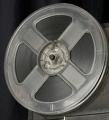 REWIND! . . .If you liked this post, you may also dig:
REWIND! . . .If you liked this post, you may also dig:
Functional Sound (Studies): The First European Sound Studies Association Meeting— Erik Granly Jensen
“Once the word ‘sound’ was in the title, it opened up a kind of door”: A Conversation with Eric Weisbard— Liana Silva-Ford
“Sound at AMS/SEM/SMT 2012”— Bill Bahng Boyer
4 responses to ““Sound Studies: A Discipline?”: Sound Signatures Winter School, Amsterdam, January 2014”
Trackbacks / Pingbacks
- - May 18, 2015
- - March 9, 2015
- - August 31, 2014


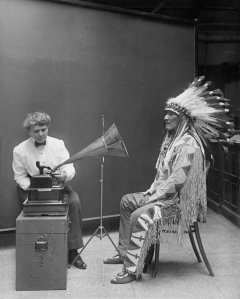
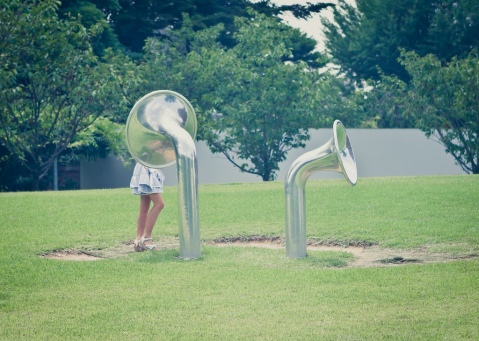





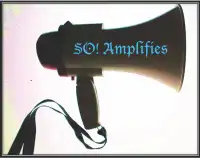
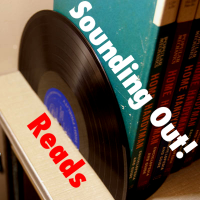





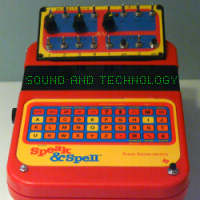


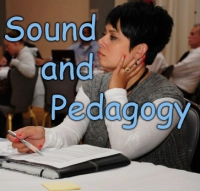

Reblogged this on balaiberita.
LikeLike